| RECENT POSTS DATE 1/1/2026 DATE 12/25/2025 DATE 12/16/2025 DATE 12/11/2025 DATE 12/9/2025 DATE 12/8/2025 DATE 12/3/2025 DATE 11/30/2025 DATE 11/27/2025 DATE 11/24/2025 DATE 11/22/2025 DATE 11/20/2025 DATE 11/18/2025
| | | 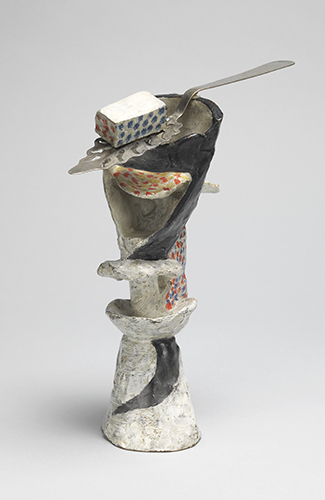 CORY REYNOLDS | DATE 10/27/2015Featured image is one of six bronze casts editioned under the name "Glass of Absinthe," which Pablo Picasso produced at a Paris foundry in 1914. "With 'Glass of Absinthe,' Picasso set himself the seemingly impossible task of representing in sculpture things that are transparent," according to Anne Umland, co-curator and editor of MoMA's current blockbuster, Picasso Sculpture. "These works take as their subject a glass and its liquid contents. The latter is identified as absinthe, a clear liqueur, by the artist's inspired decision to incorporate a real-life metal absinthe spoon into his work of art. The perforations in these found spoons constitute one form of transparency; the diffuse polka-dot patters that Picasso painted on some of the casts supply another; and the cuts he made into his glasses' paradoxically opaque contours, revealing their interior views, represent a third. Here the revolution announced by Picasso's decision to open up the volumes of his 'Guitar' to light and shadow, incorporating a space as a sculptural material, is taken a step further. His 'Glass of Absinthe' sculptures swallow up real objects, transforming them from things of use into elements worthy of contemplation. This operation would remain a constant in Picasso's sculpture practice, the result of his exceptional openness to the sculptural potential of objects in the world." The Museum of Modern Art, New York
Hbk, 9.5 x 12 in. / 320 pgs / 300 color / 200 b&w.
 DATE 12/25/2025  DATE 12/16/2025 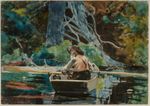 DATE 12/9/2025  DATE 12/8/2025 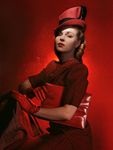 DATE 12/3/2025  DATE 11/27/2025  DATE 11/22/2025  DATE 11/20/2025  DATE 11/18/2025  DATE 11/13/2025  DATE 11/7/2025 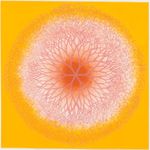 DATE 11/4/2025  DATE 11/2/2025 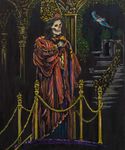 DATE 10/31/2025 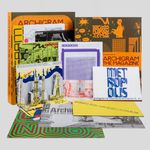 DATE 10/28/2025 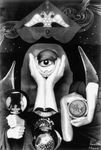 DATE 10/23/2025 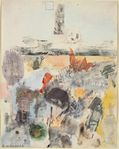 DATE 10/22/2025 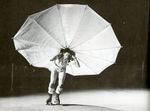 DATE 10/22/2025  DATE 10/21/2025  DATE 10/20/2025  DATE 10/16/2025  DATE 10/14/2025  DATE 10/11/2025 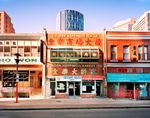 DATE 10/7/2025  DATE 10/6/2025 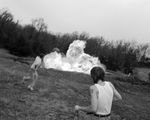 DATE 10/3/2025  DATE 10/1/2025  DATE 9/23/2025 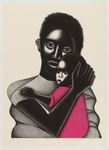 DATE 9/21/2025 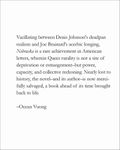 DATE 9/17/2025  DATE 9/10/2025  DATE 9/6/2025  DATE 9/4/2025  DATE 9/2/2025  DATE 9/1/2025  DATE 8/27/2025  DATE 8/25/2025  DATE 8/23/2025 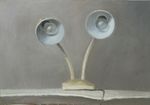 DATE 8/21/2025  DATE 8/18/2025  DATE 8/15/2025  DATE 8/12/2025  DATE 8/9/2025  DATE 8/6/2025 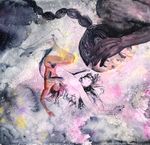 DATE 8/5/2025  DATE 7/31/2025  DATE 7/28/2025 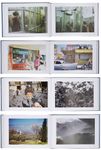 DATE 7/25/2025  DATE 7/21/2025  DATE 7/18/2025 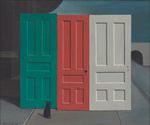 DATE 7/11/2025  DATE 7/3/2025  DATE 6/30/2025  DATE 6/26/2025  DATE 6/22/2025  DATE 6/20/2025  DATE 6/13/2025  DATE 6/12/2025  DATE 6/9/2025  DATE 6/5/2025  DATE 6/1/2025  DATE 5/29/2025  DATE 5/28/2025  DATE 5/23/2025  DATE 5/20/2025  DATE 5/16/2025  DATE 5/12/2025  DATE 5/8/2025  DATE 5/6/2025  DATE 5/4/2025  DATE 5/1/2025  DATE 4/24/2025  DATE 4/21/2025  DATE 4/17/2025  DATE 4/14/2025  DATE 4/10/2025  DATE 4/8/2025  DATE 3/31/2025  DATE 3/27/2025  DATE 3/27/2025  DATE 3/20/2025  DATE 3/18/2025  DATE 3/16/2025  DATE 3/15/2025  DATE 3/13/2025  DATE 3/9/2025  DATE 2/19/2025  DATE 2/18/2025 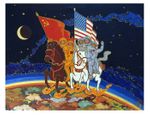 DATE 2/17/2025  DATE 2/15/2025 |
|